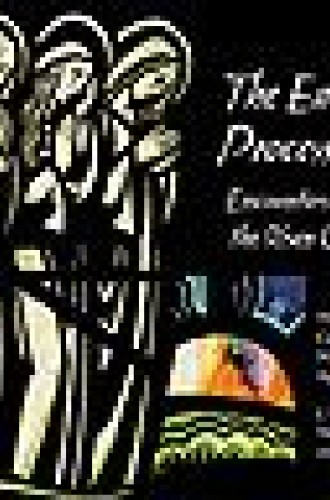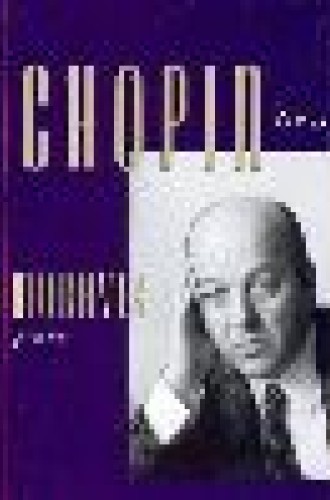CC recommends
Choral and vocal
This CD has almost all the unaccompanied sacred mixed-choir music Brahms wrote after his mid-20s, plus the earlier fragments of a canonic mass. The 37-member choir performs with excellent dynamics and diction in a resonant space.
This music provides a dramatic Vespers and Matins for an all-night Finnish Orthodox vigil. The text is about the martyring of John the Baptist, and the unaccompanied choir and soloists declaim this with rich harmonies, clusters, slides, and whispers.
This beautifully sung program of unaccompanied church music includes the G minor Mass by Vaughan Williams and shorter motets by Duruflé, Copland, Tavener, Messiaen and Tallis. Norman Mackenzie has directed this and other Atlanta Symphony choruses since Robert Shaw’s death in 1999.
Charpentier’s Te Deum with trumpets and drums was a response to wartime events of the early 1690s. The mass reconstructed here was composed in April 1674 for a service to canonize a Spanish bishop. The installation of a new organ had been delayed and the situation became an emergency, so Charpentier quickly provided this colorful orchestral and choral setting.
This CD and book provide easily singable music for liturgical use by church choirs, arranged for the eight Sundays of the Easter season. The anthems are three-part settings by James Clemens; the rest of the service music is Byzantine Catholic chant, sung either solo or in simple four-voiced harmonizations by J. Michael Thompson. The CD is designed for use additionally in personal meditation and prayer.
Strauss’s 15th and last opera, composed 1939-1942, explores an 18th-century setting and an older philosophical question: which is more important, words or music? The result is this delightful one-act comedy, co-written with Clemens Krauss.
Instrumental
Mendelssohn’s bright, charming music for Shakespeare’s play helps to underline the stage action and to provide entertainment between scene changes. Previn’s genial performance brings out all the brilliant orchestral color, and the children’s chorus is another delight.
This famously poignant 1966 set of the nocturnes is outstanding for late-night listening. With his control of tone color and rhythm, Moravec brought out uncommon levels of detail while integrating it all into strongly shaped moods.
Watchorn plays a thrilling and patiently paced interpretation of Bach’s first set of preludes and fugues, using a double-manual harpsichord plus a pedalboard for powerful bass. The performance uses an especially resonant tuning method, with a claim to have been Bach’s own style for this book.
This 11-disc set includes all of Couperin’s published harpsichord music 1713-1730, comprising 235 short character-pieces, dances and preludes. In this 2004-2005 recording, Borgstede’s performances are magnificent in both elegance and drive.
Brautigam’s continuing series on fortepiano gives these four early Beethoven sonatas a crisp and powerful interpretation, well polished in expressivity. The Super Audio (hybrid) CD has terrific sound.
Calefax is a classical wind quintet “with a pop mentality.” Here they have arranged 70 minutes of Rameau’s tuneful and humorously quirky harpsichord music, playing it on their various clarinets, oboes, saxophones and bassoon.
Charles Ives’s music as it goes along is impressionistic, muscular, cranky, humorous, calm, frightening—and it quotes hymn tunes, Beethoven’s fifth symphony, and more. Mayer’s performance catches the full range of this expression, and an actor introduces each movement with texts by Emerson, Thoreau and Ives.
In the brilliant clarity of his playing, as recorded in 1968, Browning made these notoriously difficult piano studies sound pure and simple.


















